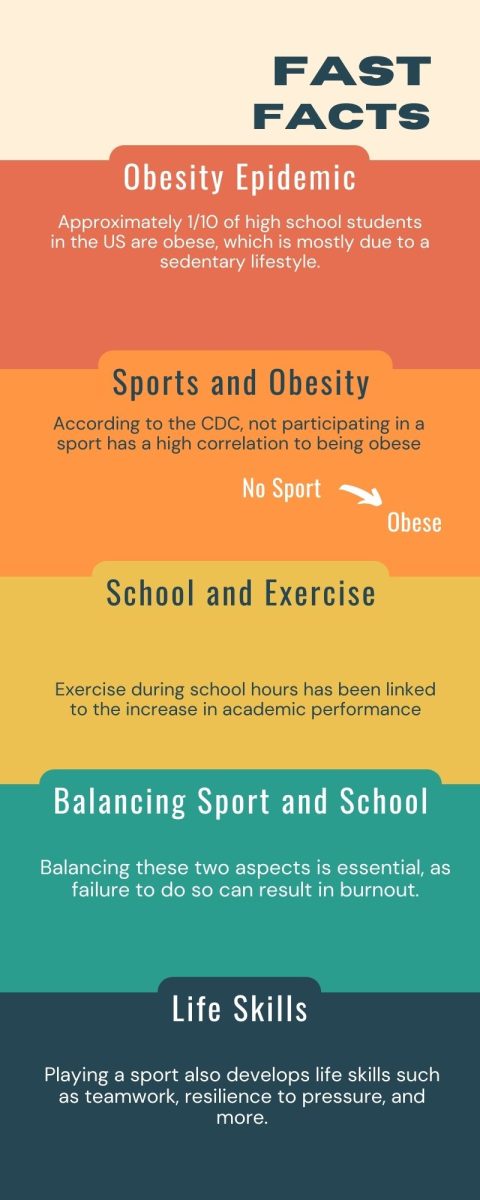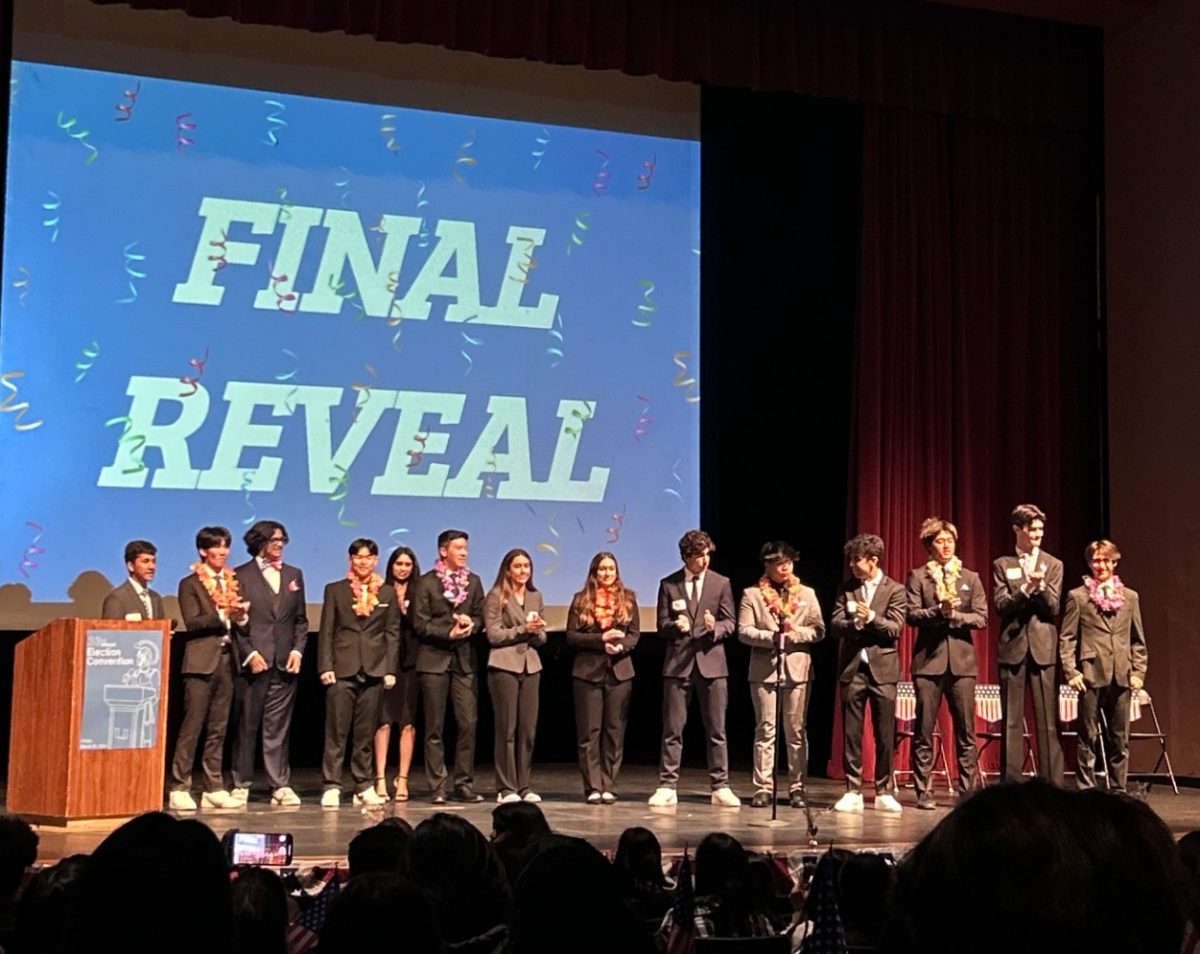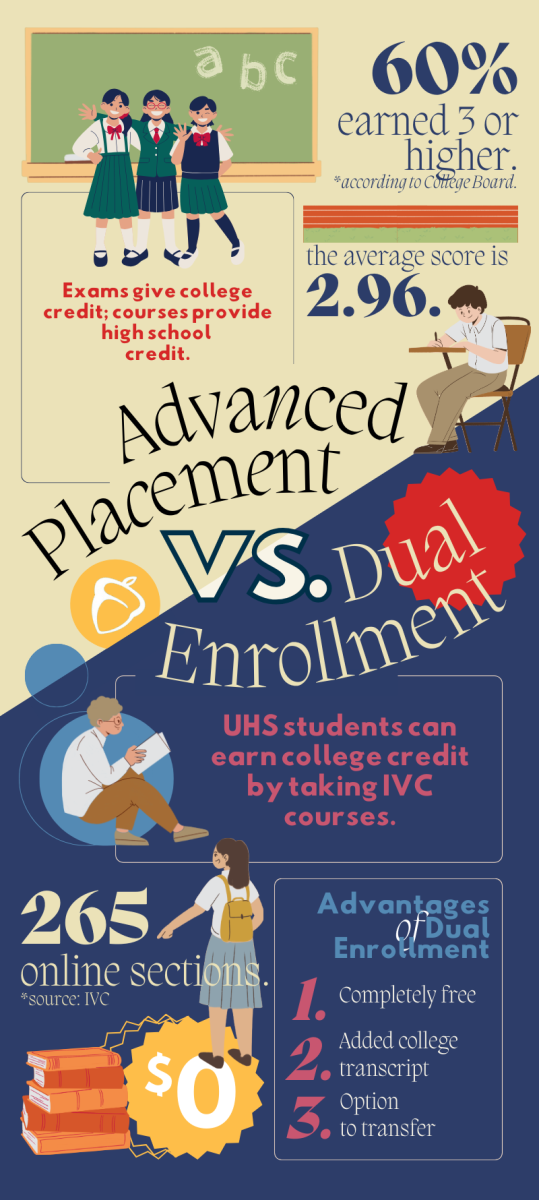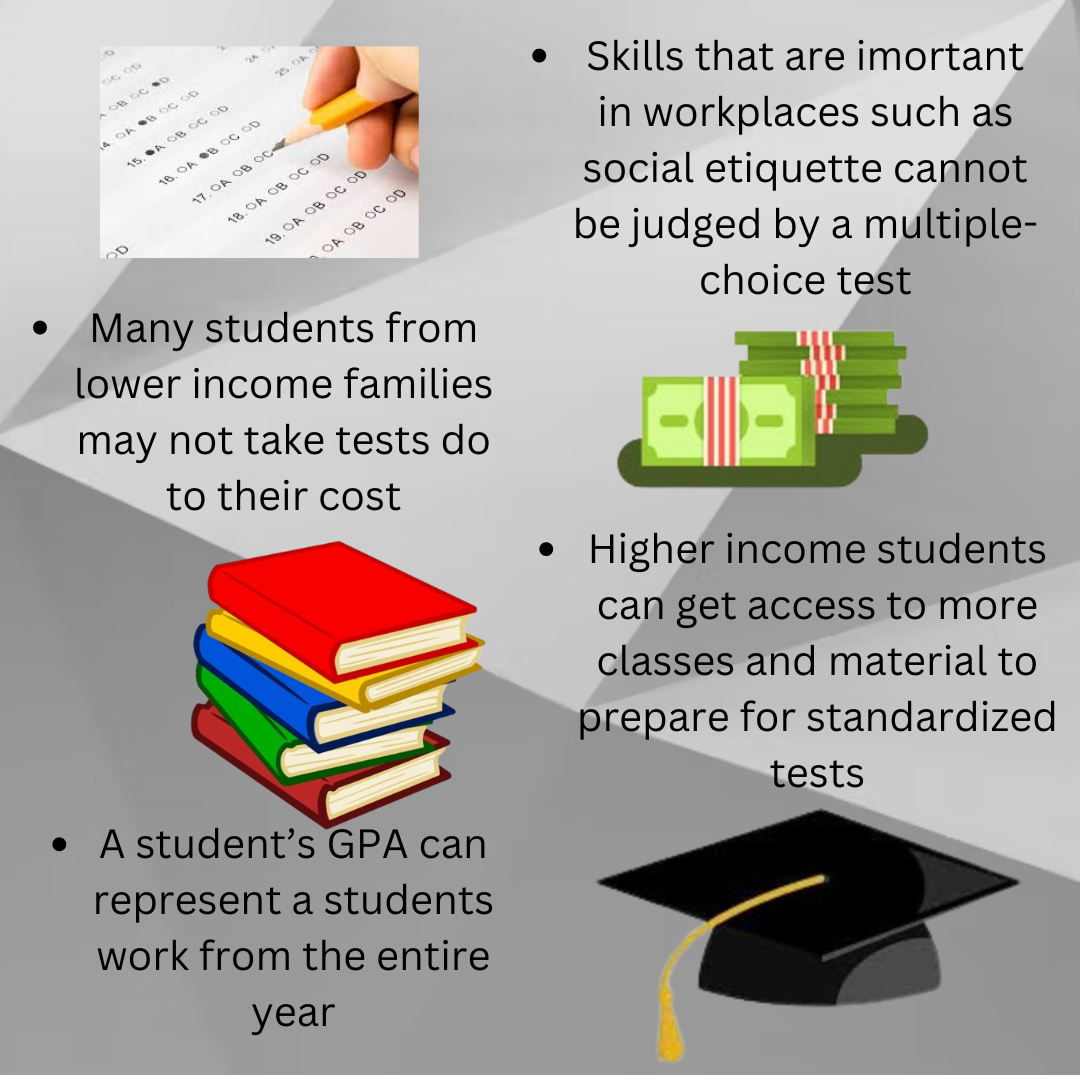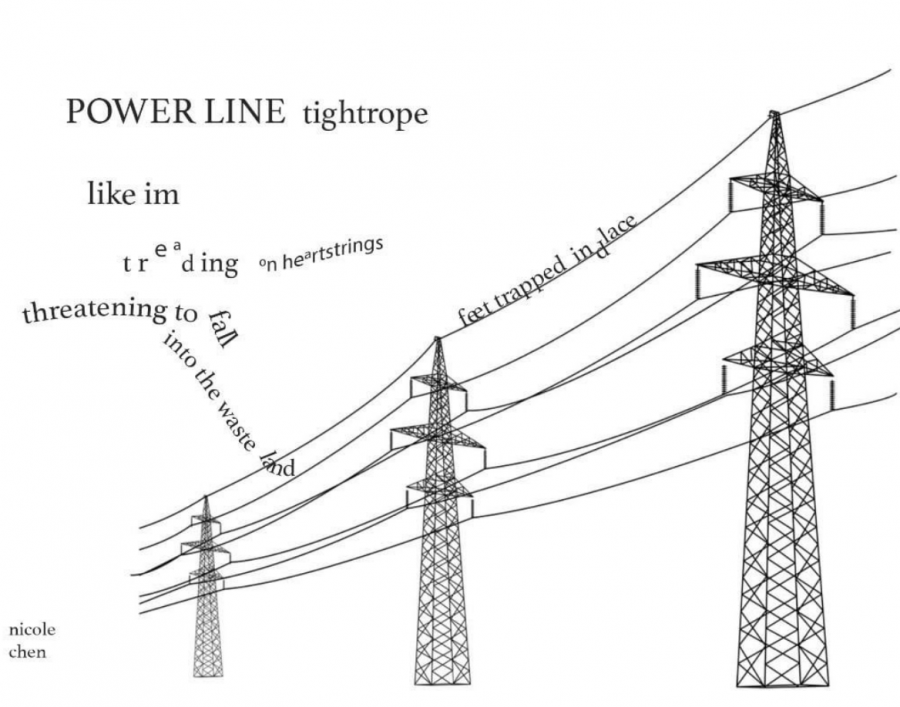By TRISTAN MALHOTRA
Staff Writer
In 2013, California enacted the Local Control Funding Formula (LCFF) to reallocate the public education budget. According to the California PTA, the main purpose of LCFF is to target students in need by funding each district differently based on need and by giving districts local control of the funds. Districts are then held accountable by the Local Control Accountability Plan (LCAP), which outlines how districts allocate their funding to the 8 state goals.
In theory, the LCFF and LCAP tackle the correct problem: lack of funding to students in need. However, the LCFF is far from perfect. The main problem with the LCFF is its focus on equity rather than adequacy. Currently, according to a flyer created by the Irvine Public Schools Foundation, the expenditures per student in our district, the state and national average shows a significant discrepancy.
Irvine Unified School District (IUSD) was funded $6,690 per student in 2013-2014, while the California average was $8,341 and the national average was $11,864. A couple thousand dollars may not seem much, but imagine the discrepancy when you factor in the almost 32,000 students in IUSD.
Legislators may argue that Irvine is a privileged district, but every district, including IUSD, has needs. The needs for technological updates, modernization of school infrastructure and mental health counseling are all-encompassing. Currently, numerous students and teachers from across IUSD with whom I have spoken have mentioned a need to update the bandwidth to accommodate the numerous devices students carry. In addition, University High School has only 6 counselors for nearly 2600 students; this lack of counselors stems directly from a lack of funding.
No matter how privileged a district may be, there is a need for adequacy across all districts. Districts receiving more money have more room to grow, while the more privileged districts are actually being inhibited by the LCFF. The discrepancy between the California average and the state average shows that the LCFF worked towards equity before achieving adequacy. State legislators should have prioritized giving each district enough money before trying to equalize the districts with insufficient funds.
The LCFF itself is flawed in its setup, as well. According to the California Department of Education, the LCFF provides a base grant, a supplemental grant and a concentration grant. The base grant is fairly standard across all districts, with some room for variance. The supplemental grant gives a 20% increase to the base grant for English Language Learners, Free and Reduced Meal students and foster youth. The concentration grant gives a 50% increase to the base grant for districts with more than a 55% concentration of the targeted students. The 55% concentration means that districts with 54.99% concentration or less do not get the concentration grant at all. The LCFF needs to be adjusted so that districts with a significant number of targeted students still get the money that they deserve and are not underfunded because of a set concentration percentage.
Funding public education is tricky no matter how great a plan may be. The LCFF is a great step forward and an important first attempt at education funding, but the state needs to continue to improve its budget to better serve the needs of students and staff.
Flaws Within the Local Control Funding Formula
March 25, 2015
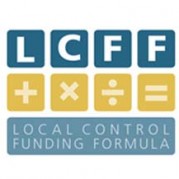
Story continues below advertisement
Donate to Sword & Shield
$180
$1000
Contributed
Our Goal
Your donation will support the student journalists of University High School. Your contribution will allow us to purchase equipment and cover our annual website hosting costs.



